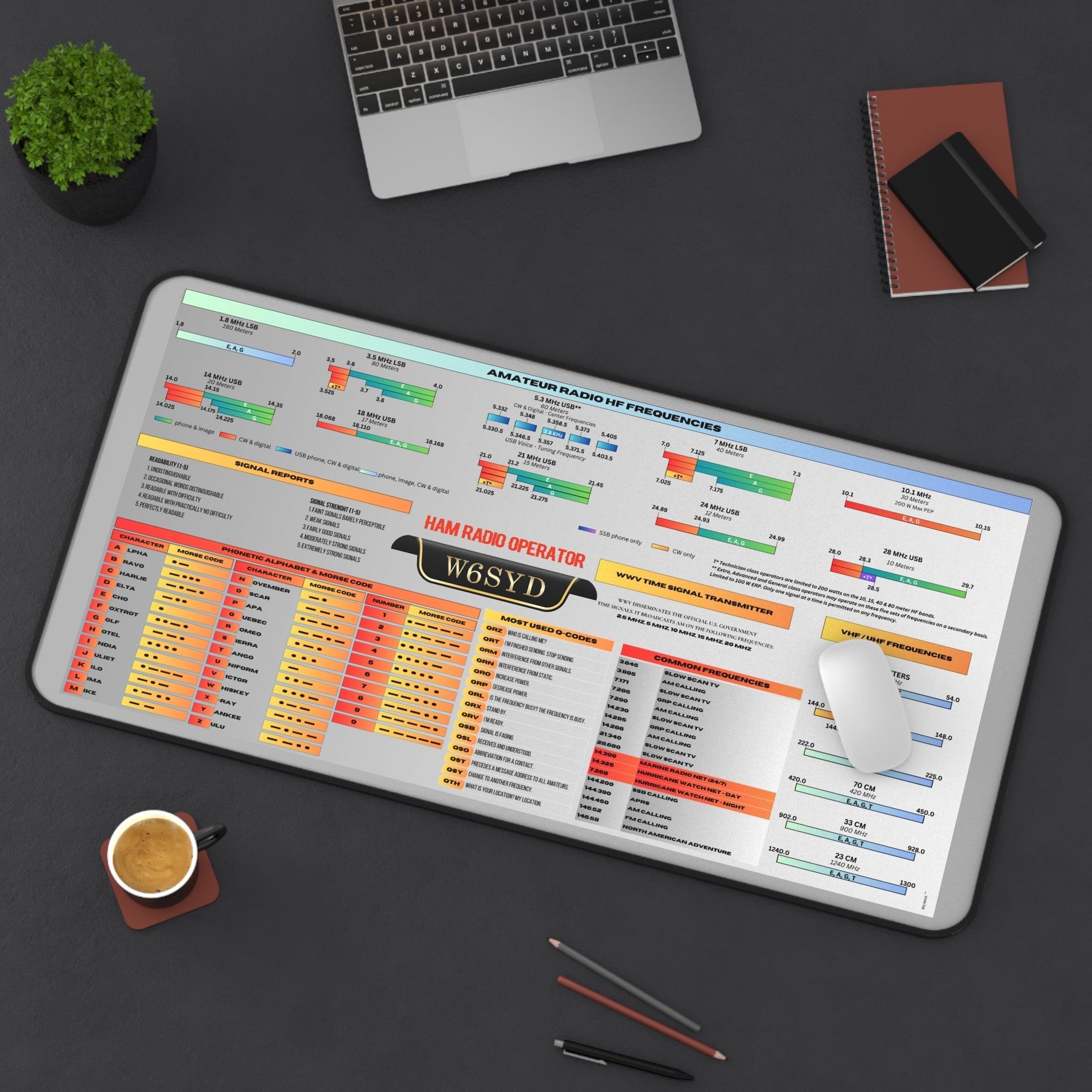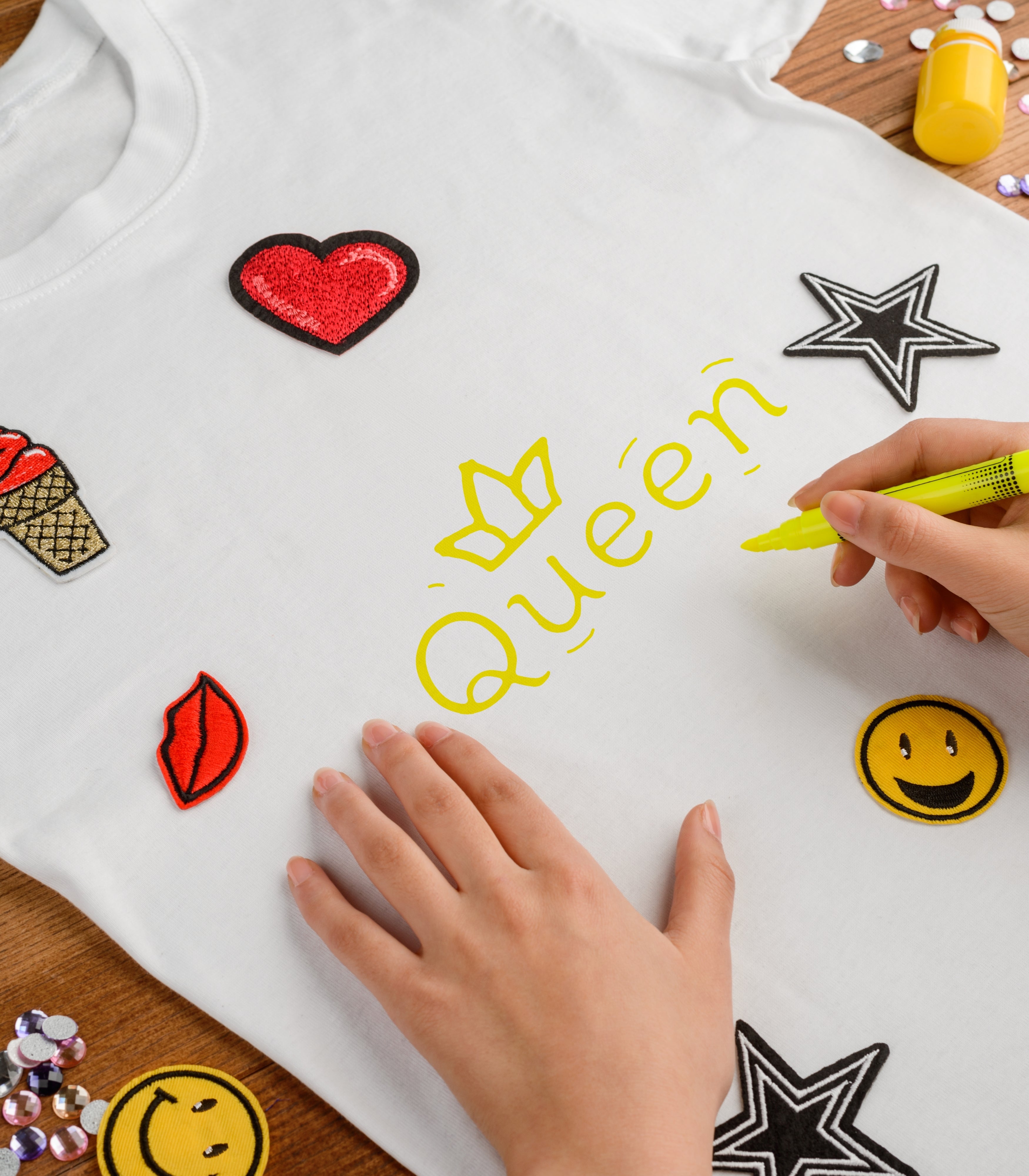A QSL card is a written confirmation of a radio contact (QSO) between two amateur radio operators. It’s often exchanged by mail and serves as a log, proof of contact, and even a collectible item.
The name comes from the Q-code “QSL,” which means “I acknowledge receipt.”
What Info Goes on a QSL Card?
A QSL card is a physical or digital confirmation of a two-way (2-way) radio contact. It typically includes key information about the QSO (contact), such as:
A typical QSL card includes:
- Your call sign
- Date and time of the contact (UTC)
- Frequency or band
- Mode (e.g., SSB, CW, FT8)
- Signal report (RST)
- Contact’s call sign
- Your QTH (location or grid)
Some also include station photos, antennas, QRP notes, or club logos.
Many QSL cards also include personal touches such as your name, station details (transmitter, antenna, power), or even photos and artwork.
Do You Need to Send One?
Not always. Today, many contacts are logged digitally via LoTW, QRZ, or eQSL.
But physical QSL cards are still treasured, especially for:
-
DX confirmations
-
Awards (Worked All States, DXCC, etc.)
-
Club contests and anniversaries
-
Personal keepsakes
Design & Print Your Own
Want a card that reflects your style or shack personality? Use an editable template to:
-
Add your call sign and station info
-
Choose a layout (simple, vintage, modern)
-
Print from home or a local printer
📌 Check out our Custom Ham Radio QSL Card Template - ready to personalize and print instantly.
🎫 If you prefer customized printed ham radio QSL card, check this "Ham Radio QSL Card - Custom ID Cards for Amateur Radio Operators" on amazon















Leave a comment